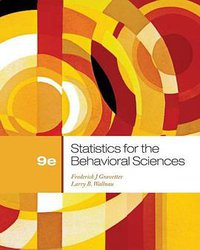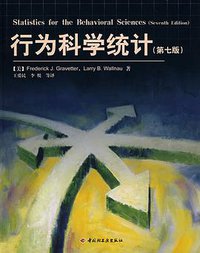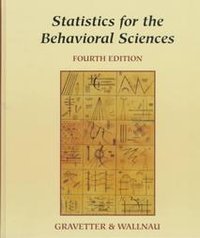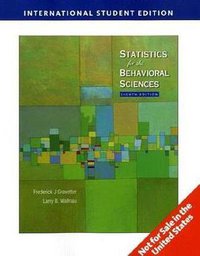Statistics for The Behavioral Sciences (10/e)
豆瓣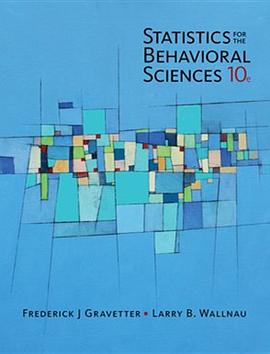
Frederick J Gravetter / Larry B. Wallnau
简介
Statistics is one of the most practical and essential courses that you will take, and a primary goal of this popular text is to make the task of learning statistics as simple as possible. Straightforward instruction, built-in learning aids, and real-world examples have made STATISTICS FOR THE BEHAVIORAL SCIENCES, 10th Edition the text selected most often by instructors for their students in the behavioral and social sciences. The authors provide a conceptual context that makes it easier to learn formulas and procedures, explaining why procedures were developed and when they should be used. This text will also instill the basic principles of objectivity and logic that are essential for science and valuable in everyday life, making it a useful reference long after you complete the course.
Overview
This field-leading introduction to statistics text for students in the behavioral and social sciences continues to offer straightforward instruction, accuracy, built-in learning aids, and real-world examples. The goals of STATISTICS FOR THE BEHAVIORAL SCIENCES, 10th Edition are to teach the methods of statistics and convey the basic principles of objectivity and logic that are essential for science -- and valuable in everyday life. Authors Frederick Gravetter and Larry Wallnau help students understand statistical procedures through a conceptual context that explains why the procedures were developed and when they should be used. Students have numerous opportunities to practice statistical techniques through learning checks, examples, step-by-step demonstrations, and problems.
New to Edition
The authors continue to refine and improve each edition, and this revision is no exception. Throughout the book, research examples have been updated, real world examples have been added, and the end-of-chapter problems have been extensively revised.
Each section of every chapter begins with a list of Learning Objectives and ends with a Learning Check consisting of multiple-choice questions -- with at least one question related to each Learning Objective. Do-It-Yourself examples present students with an opportunity to test their understanding by solving a computation problem related to the current topic (a final answer is provided).
The previous edition's Chapter 19, outlining how to identify the correct statistical procedures for specific data sets, has been moved to the Appendix as a Statistics Organizer.
Available with MindTap. MindTap for Statistics helps students understand statistics through chapter-specific assignments of varying complexity that ensure students are learning key concepts and practicing their application on a regular basis. Students elevate thinking by working with realistic data sets, interacting with tools to help them understand statistical constructs, and getting immediate and substantive feedback. Math and Graphing Tutorials help students overcome mathematical challenges and fears that would otherwise prevent them from learning statistics, SPSS Tutorials and problems give students exposure to real world statistical software, and video problem demos provide students help when they need it most.
contents
1. Introduction to Statistics.
2. Frequency Distributions.
3. Central Tendency.
4. Variability.
5. z-Scores: Location of Scores and Standardized Distributions.
6. Probability.
7. Probability and Samples: The Distribution of Sample Means.
8. Introduction to Hypothesis Testing.
9. Introduction to the t Statistic.
10. The t Test for Two Independent Samples.
11. The t Test for Two Related Samples.
12. Introduction to Analysis of Variance.
13. Repeated-Measures Analysis of Variance (ANOVA).
14. Two-Factor Analysis of Variance (Independent Measures).
15. Correlation.
16. Introduction to Regression.
17. The Chi-Square Statistic: Tests for Goodness of Fit and Independence.
18. The Binomial Test.

